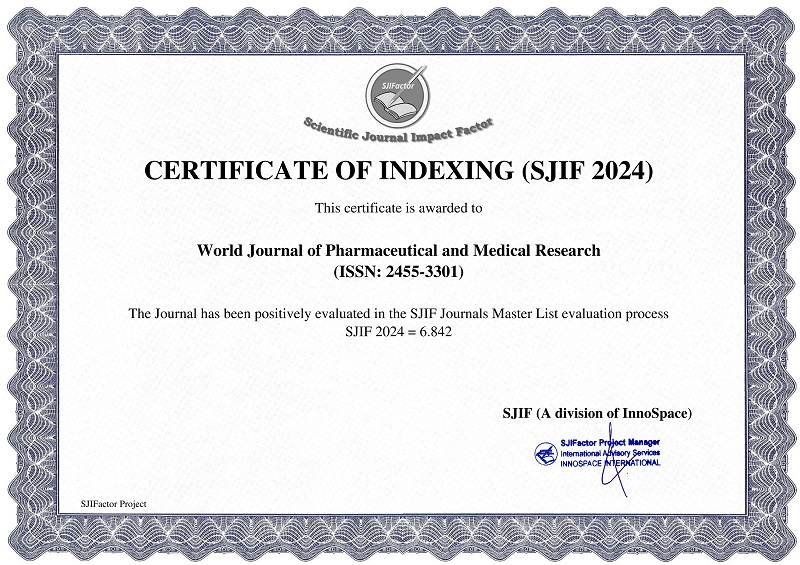THE BIOMECHANICS OF HIGH HEELS ON THE ANKLE JOINT AND GULPHA MARMA
Dr. Pallavi Waghmare*, Dr. Rita Marwaha, Dr. Shiba Datta Panda, Dr. Pankaj Gupta and Dr. Swatantra Chourasia
ABSTRACT
Although high heels provide a striking aesthetic enhancement, their widespread use extends beyond just fashion trends. They hold cultural and social significance, often being seen as a symbol of empowerment and femininity. Many women wear high heels as a form of self-expression or to convey confidence and authority in both professional and social settings. From red carpets to office corridors, high heels remain a powerful statement in the ensemble of contemporary fashion, underlining their enduring popularity in modern society. High-heeled shoes, although very common for cosmetic reasons, subject the ankle joint, or Gulpha Sandhi in Ayurveda, to major biomechanical stress. This joint is also the site of the Gulpha Marma—Snayu Marma (ligament-related vital point) in traditional Ayurvedic literature such as the Sushruta Samhita and Ashtanga Hridaya. This article critically reviews the influence of high heels from the perspectives of contemporary biomechanics and Ayurvedic marma theory. The plantar flexion produced by high heels moves the body's center of gravity and destabilizes the ankle, making ligament injury and loss of balance more likely. Ayurvedic accounts of marma viddha lakshanas are close observations, listing pain, swelling, and functional disability as resulting from trauma to Gulpha Marma. Integrative therapy approaches—such as marma chikitsa and Panchakarma—are described as effective for high heel-associated injuries. The article promotes clinical biomechanics to promote improved preventive and curative approaches to ankle joint health.
[Full Text Article] [Download Certificate]



